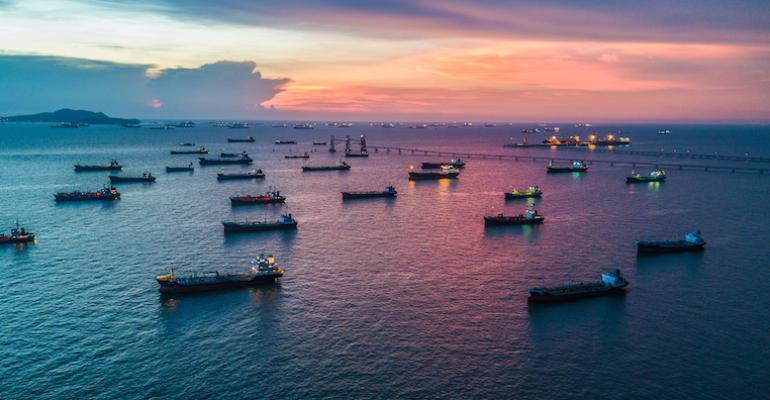A few weeks ago, Höegh LNG bought the ten-year-old LNG carrier, Golar Seal, from Bernuda-based Cool Company Ltd (CoolCo) for just over $184m. Together with upcoming second survey costs for the 155,000m3 vessel, which were agreed for buyer’s account, the package totalled about $190m.
LNG carriers have longer operating lives than many other vessel types but, even so, this price came as a surprise to some because, as a ship built in 2013, it represented a high percentage of the price of a new LNG carrier ordered today. The deal was exceptional, however, for several reasons.
One, although Höegh revealed that it intended to deploy the vessel in the market for the moment, the company is expanding its FSRU business against a backdrop of energy security concerns, rising LNG imports in Europe, and an urgent need for more import and regasification capacity. Höegh signed up for two ten-year FSRU deals in Germany last year.
Two, LNG newbuilding prices have risen sharply since the beginning of 2022, partly because of rising ocean transport and FSRU terminal demand, but mostly because existing LNG construction yards are almost entirely booked up for at least the next three years. Prices for larger and very popular 174,000m3 units are around $255-260m range today.
Clarkson Research has just revealed the results of secondhand-to-new ship ratios for three ship types on the basis of a 25-year operating life and a five-year ship value.
The analysts have estimated that a five-year-old 1,700 teu containership could have achieved a price of more than 160% of a new vessel late in 2021, and is still around 120% today. Secondhand boxship prices soared in 2021 on the back of record-breaking container freight rates and tight supply of tonnage.
Meanwhile, a five-year-old Aframax tanker today is probably worth around 95% of the cost of a new ship. The secondhand price of $62.5m comes close to the newbuild level of $65m, the analyst said. Following 12 months of the strongest tanker earnings on record, Clarkson said, there is a relative shortage of near-term berth availability, focusing minds on the secondhand market.
On the dry bulk side, a Capesize built five years ago might sell for a price of $54.5m, close to 90% of a new ship. Again, Clarkson said this reflects relatively strong market sentiment and limited availability.
The analysts noted that today’s price ratios reflect current positive sentiment in many shipping sectors. “These classic market indicators are still well worth checking up on,” it said.
Copyright © 2024. All rights reserved. Seatrade, a trading name of Informa Markets (UK) Limited.
Add Seatrade Maritime News to your Google News feed.  |

